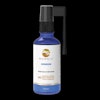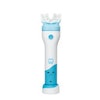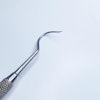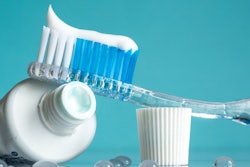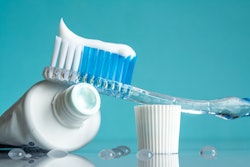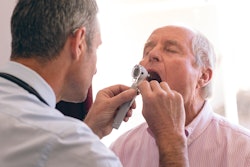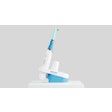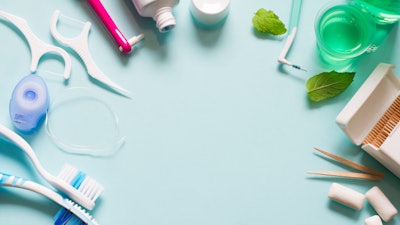
Common food allergens were found in about half of oral care products, including toothpaste, used at dental practices, or purchased at stores, according to a study published on April 24 in Scientific Reports.
Potential allergens, like spices and fruits, were found most often in oral care products, the authors wrote.
“Clinicians should be alert to food allergies, be aware of the risks to the patient’s health, and include questions about food allergies in their clinical history to make a conscious and careful selection of products to be used by the patients,” wrote the authors, led by Alexandra Figueiredo, PhD, of the Egas Moniz Higher Institute of Health Science in Portugal.
An estimated 220 million people worldwide have allergic reactions to food. In the U.S., up to 10% of people experience allergic diseases. Recently, different food allergens have been added to oral care products to improve product properties. However, small doses of food allergens can trigger allergic reactions. Therefore, clinicians should be aware of patient allergies and product ingredients to ensure their patients' health.
The study evaluated 387 oral care products. Of these products, 299 could be bought over the counter and included chewing gum, cleaning tablets, denture creams, mouthwash, oral gels and sprays, orthodontic waxes, and toothpastes. The other 88 products were used at dental offices and included alginates, fluoride varnishes, plaque-revealing creams, toothpastes, topical creams, and gloves. The products were searched for additives, including nuts, shellfish, dairy, fruits, and spices, according to the study.
Possible food allergens were found in about 46% (179 items) of oral care products. Most of the products (81%) contained one food allergen, the authors wrote.
Allergens were common in outpatient and dental office products. In dental office products, the highest prevalence of allergens was found in fluoride varnishes, alginates, toothpastes, topical creams, and gloves. In outpatient products, allergens were predominant in toothpaste, chewing gum, and orthodontic waxes. Most frequently, the food allergens were fruits and spices, they wrote.
The authors did not disclose any study limitations. Knowing the ingredients of oral care products, as well as their adaptation to patients’ pathophysiological conditions, are necessary for safe, effective treatment, the authors wrote.
“The presence of food allergens as excipients was common in both outpatient and dental office products,” Figueiredo and colleagues wrote.

